Voigtländer D23mm f/1.2 Nokton Z Aspherical review
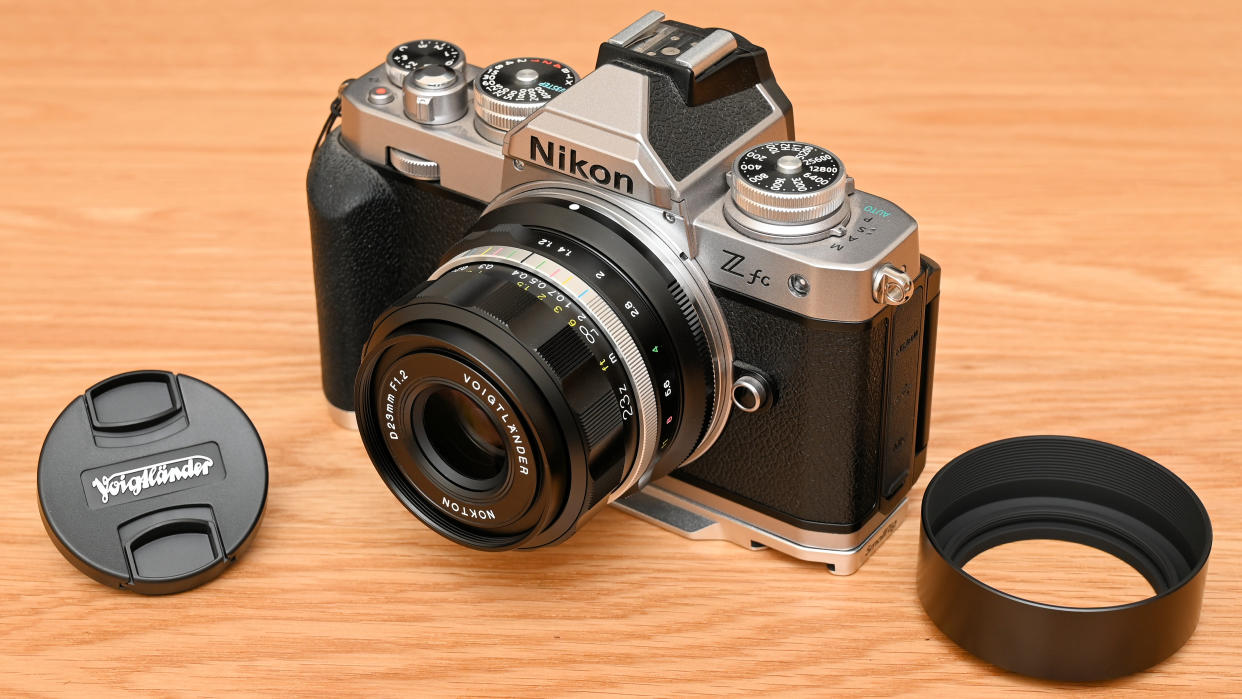
The Voigtländer D23mm f/1.2 Nokton Z Aspherical is steeped in history. Voigtländer started making lenses all the way back in 1840, more than 180 years ago. The D23mm builds on a pioneering spirit and great attention to detail, being a thoroughly modern lens with real retro charm. Although the company has its roots firmly in Austria and Germany, the D23mm is made in Japan, due to Voigtländer being acquired by Cosina in 1999.
Factoring the 1.5x crop factor of Nikon Z DX (APS-C format) camera bodies into the equation, the lens has the same field of view as using a 35mm lens on a full-frame camera. This ‘effective’ focal length is widely favored by street photographers, who pride themselves on reacting to unfolding events and capturing definitive moments. Indeed, manual focusing is the convention for this type of photography, so you can set the focus distance in advance and shoot from the hip, so to speak. We’ll come back to that later.
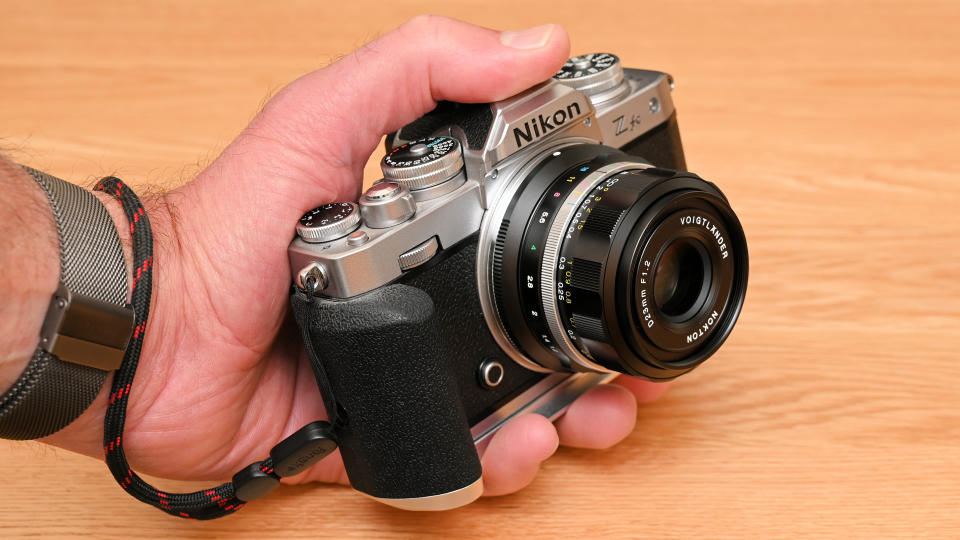
In the own-brand camp, Nikon recently launched its first Z DX format prime lens, in the diminutive and very affordable shape of the Z DX 24mm f/1.7. Another cut-price contender with street smarts is the excellent Viltrox AF 23mm f/1.4 Z. Both of these lenses are autofocus lenses, although the Viltrox adds an aperture control ring and has an all-metal rather than all-plastic build. The Voigtländer beats them both for aperture speed and has definite handling benefits if manual focusing is your thing.
Specifications
Mount: Nikon Z (DX)
Full-frame: No
Autofocus: No
Stabilization: No
Lens construction: 10 elements in 6 groups
Angle of view: 63.3 degrees
Diaphragm blades: 12
Minimum aperture: f/16
Minimum focusing distance: 0.18m
Maximum magnification ratio: 0.2x
Filter size: 46mm
Dimensions: 66x45mm
Weight: 240g
Key features
Although it’s a manual focus lens, it’s not a fully manual ‘dumb lens’. As such it features electronics for data communication with the camera body. Even so, unlike most electronically equipped lenses with a manual aperture ring, you can’t control the aperture from the camera body when the ring is set to its narrowest setting (f/16 in this case). You can therefore only effectively shoot in aperture-priority and manual modes, but not in Program AE or shutter-priority shooting modes. On the plus side, full lens-based EXIF data is recorded in images.
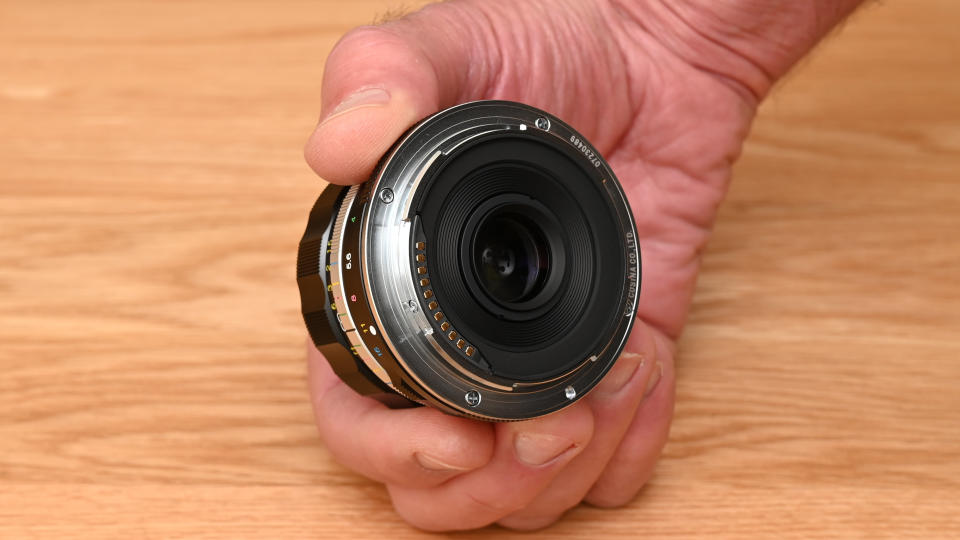
At the time of writing this review, there were no foreseeable Z DX cameras on the horizon with in-body image stabilization. However, thanks to the electronic coupling, you can shoot on a Z FX (full-frame) body in DX crop mode and take advantage of 3-axis IBIS without the need to dial ‘non-CPU lens data’ into the camera’s Setup menu.
Typically for Voigtländer lenses, the D23mm looks something of a vintage item (in a good way) but the optical design is bang up to date. There are ten optical elements in total, featuring a complex double-sided aspherical element and two ‘abnormal partial-dispersion’ glass elements, aiming to minimize chromatic aberration.
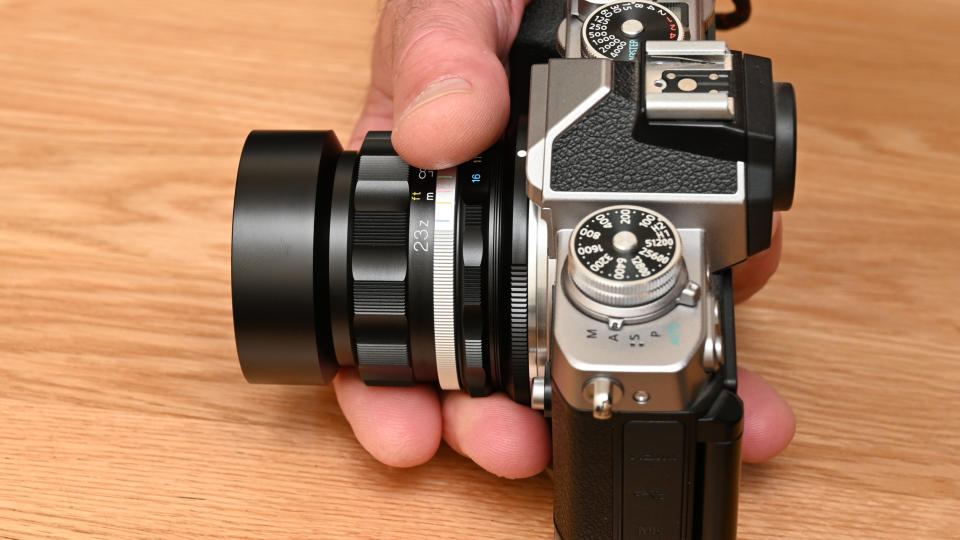
The f/1.2 aperture rating is a key feature, enabling relatively fast shutter speeds even when shooting under very low lighting conditions, without the need to bump up your camera’s ISO setting to freeze motion or avoid camera shake. Keeping to a low ISO setting also minimizes the risk of increased image noise.
Despite the fairly short 23mm focal length, the super-fast aperture also enables a tight depth of field at fairly close shooting distances, ideal for isolating the main subject within a scene by blurring the background. And to maintain high-quality bokeh when stopping down, the lens features a very well-rounded 12-blade aperture diaphragm.
Build and handling
The build quality of the D23mm feels deeply satisfying, based on a precision-engineered metal casing, metal control rings, metal mounting plate and even a screw-in metal hood. Ideal for candid street photography, as well as making the lens very easy to live with, it’s very compact for such a ‘fast’ lens with a super-bright f/1.2 aperture, measuring just 66x45mm and weighing a mere 240g. However, the construction doesn’t include any weather-seals.
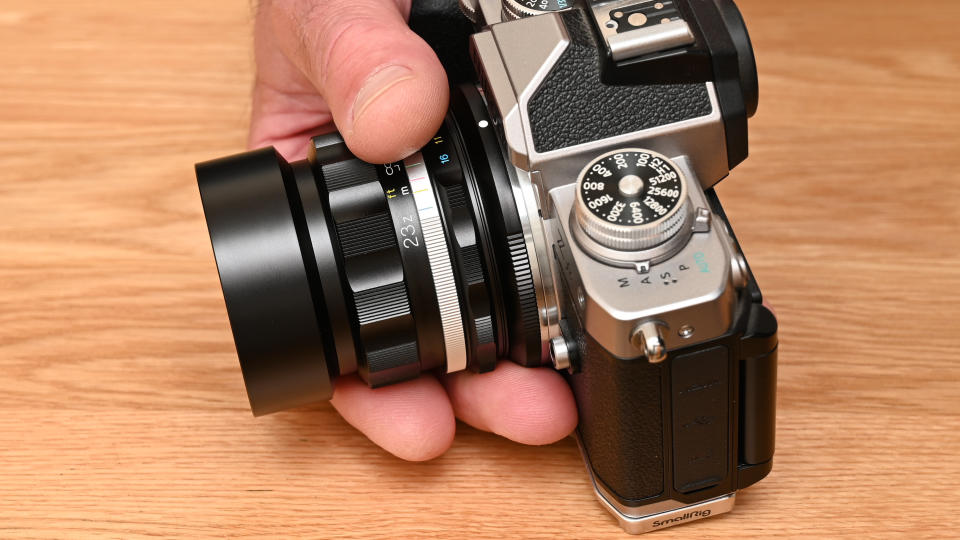
Handling is simply sublime. As you’d hope for in a manual focus lens, the focus control ring has a long rotational travel and a wonderfully smooth, fluid feel. Both of these facets help to enable precise and accurate focusing, much more so than when trying to focus manually with the vast majority of autofocus lenses.
The focus and aperture control rings both have a precision-cut knurled and ridged design, which further enhances handling. The aperture ring works in 1/3rd f-stop click steps but lacks a de-click option, favored by videographers. Unlike in the Fujifilm X-mount version of the lens, the Z-mount edition has its aperture ring at the rear rather than at the front of the barrel, more in keeping with old-school Nikon lenses.
And speaking of ‘old-school’, we love that the Voigtländer really does transport you back to an earlier era of photography. From a handling perspective, as we’ve mentioned, you have to adjust the aperture as well as the focus distance by using physical control rings on the lens barrel, instead of being able to change the aperture from the host camera’s command dial. You’re therefore locked into a style of shooting that’s more akin to using an old film camera, but that’s not necessarily a bad thing. An upside is that the current aperture setting is displayed in the camera’s viewfinder or rear screen, as well as in the Z fc’s top-panel aperture display screen, so it’s easy to keep tabs on.
Zone focusing is often popular in conventional street photography, so you can set the near and far limits of sharpness, catering to the depth of field delivered by various apertures. The Voigtländer obliges with focus distance scales in both feet and meters, and color-coded depth of field markers for apertures of f/4, f/8, f/11 and f/16. As with the aperture scale, these are engraved and over-printed to a top-quality standard.
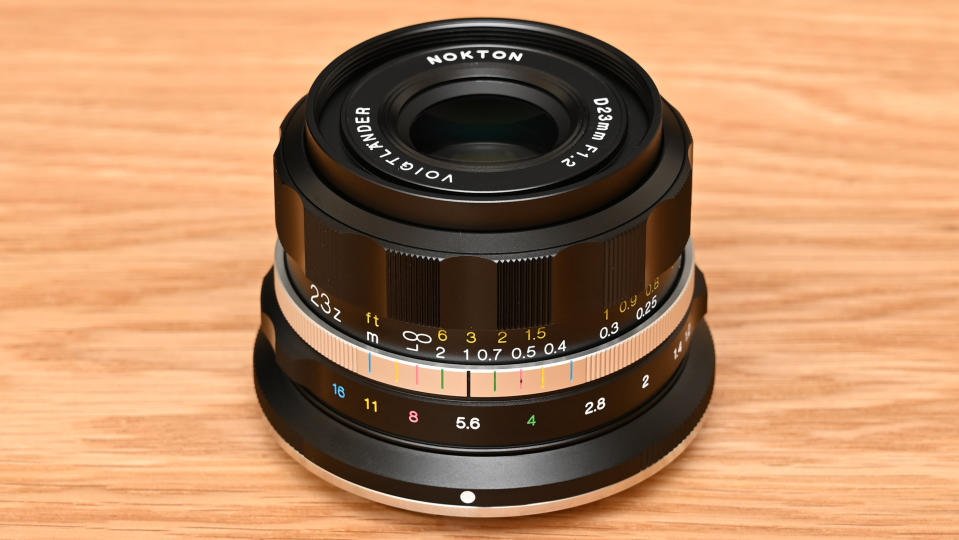
When accurate focusing is more critical, for example when shooting close-ups at wide aperture settings where depth of field is tight, the lens can take advantage of various focus aids in Nikon Z system cameras. These include color-change confirmation for the selected focus point throughout the image frame, focus peaking with various optional levels of sensitivity, and a magnified preview. All of these work when using both the viewfinder and rear screen for composing shots.
Performance
If you’re after the sharpest tool in the box, this Voigtländer lens isn’t for you. In our real-world testing and lab tests, we found sharpness to be a bit lackluster at apertures wider than f/2.8. That’s certainly not unusual for lenses with such a super-fast aperture. Either way, image quality is very satisfying overall. There’s good contrast and clarity even when shooting wide-open at f/1.2, with lovely color rendition.
With fast lenses, the quality of bokeh is often equally important as sharpness, if not more so, and the Voigtländer does very well here. It delivers a creamy smoothness for defocused areas and bokeh remains very appealing when stopping down a little, helped by the very well-rounded 12-blade aperture diaphragm.
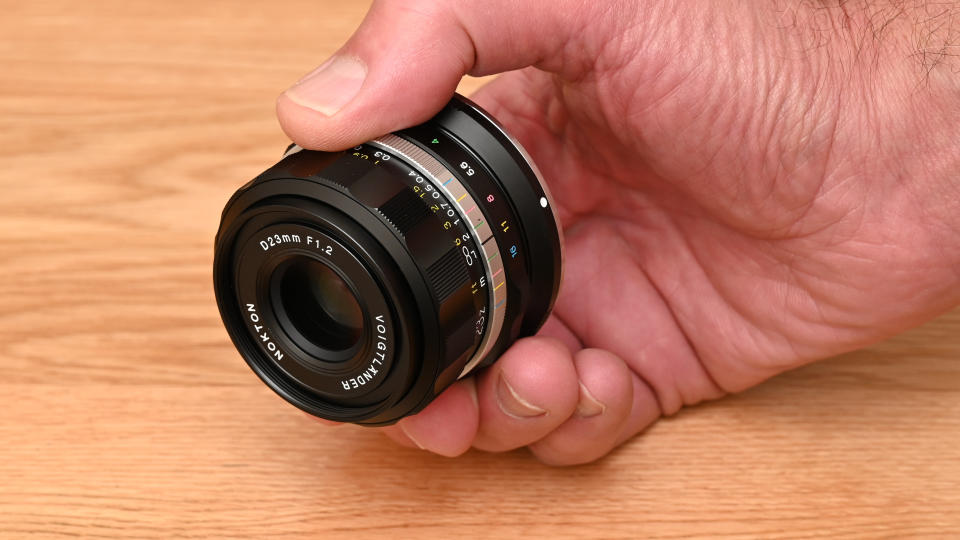
Lenses with very fast aperture ratings often suffer from axial/longitudinal chromatic aberration, also known as ‘bokeh fringing’. The Voigtländer impresses here as well, with minimal color fringing around high-contrast edges in scenes that fall just in front of or behind the plane of focus.
Distortion and vignetting are fairly low, the latter being quite acceptable even when shooting wide-open at f/1.2. In-camera corrections for distortion and vignetting can be switched on or off but, as detailed in the user manual, switching them on in the camera menus actually make no difference, as the corrections are not compatible with this lens.
Summing up performance on the whole, the Voigtländer D23mm is capable of delivering gorgeous image quality and, for our money, its creamy bokeh more than makes up for any lack in razor-sharpness at really wide aperture settings.
Sample images

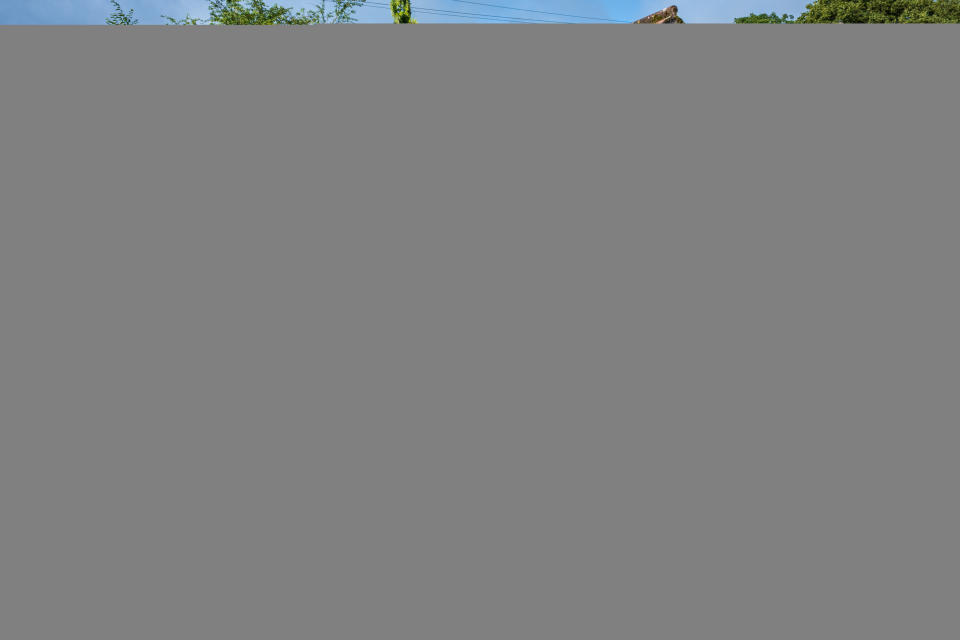
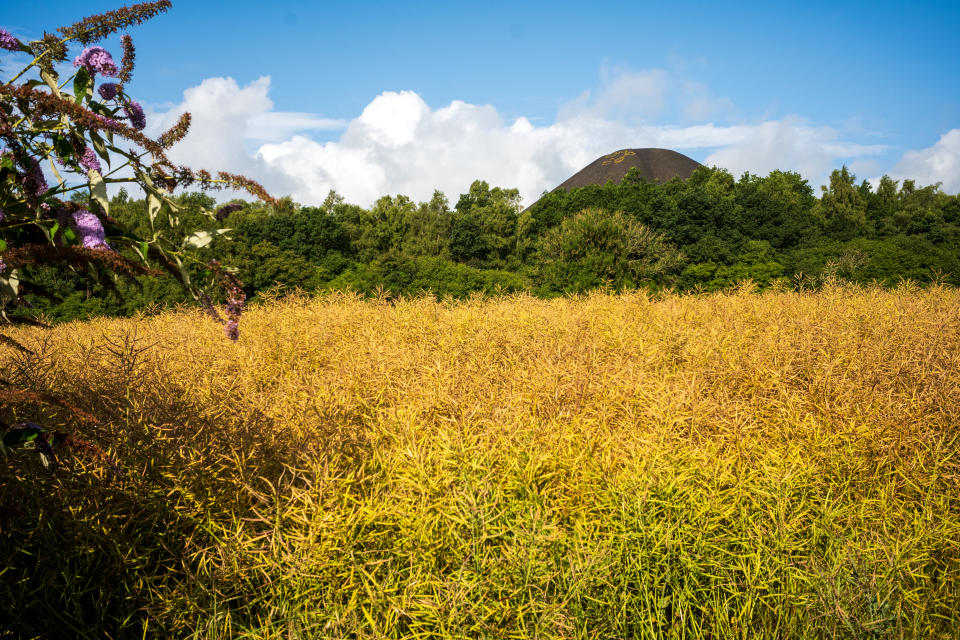



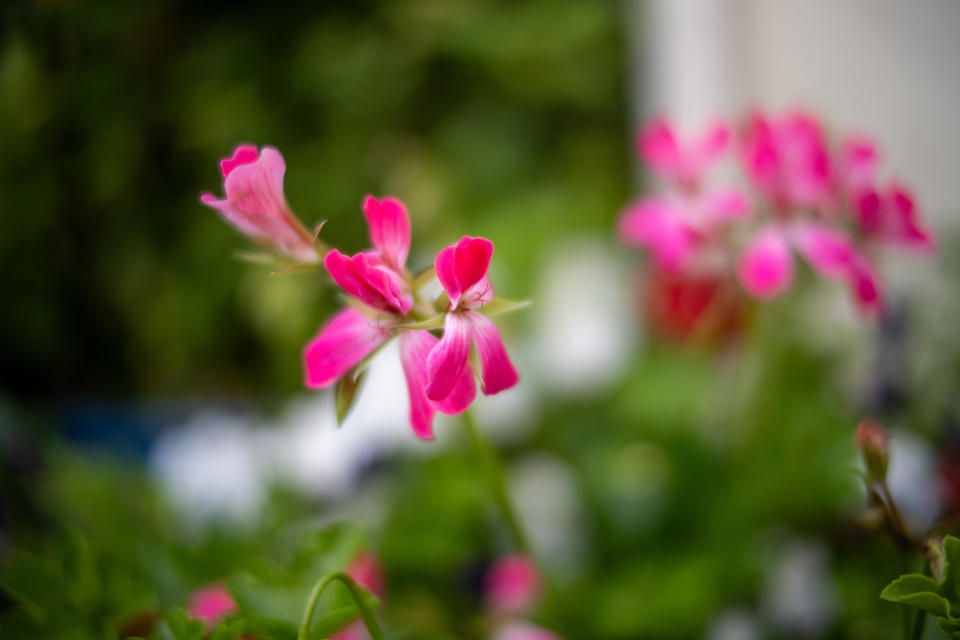
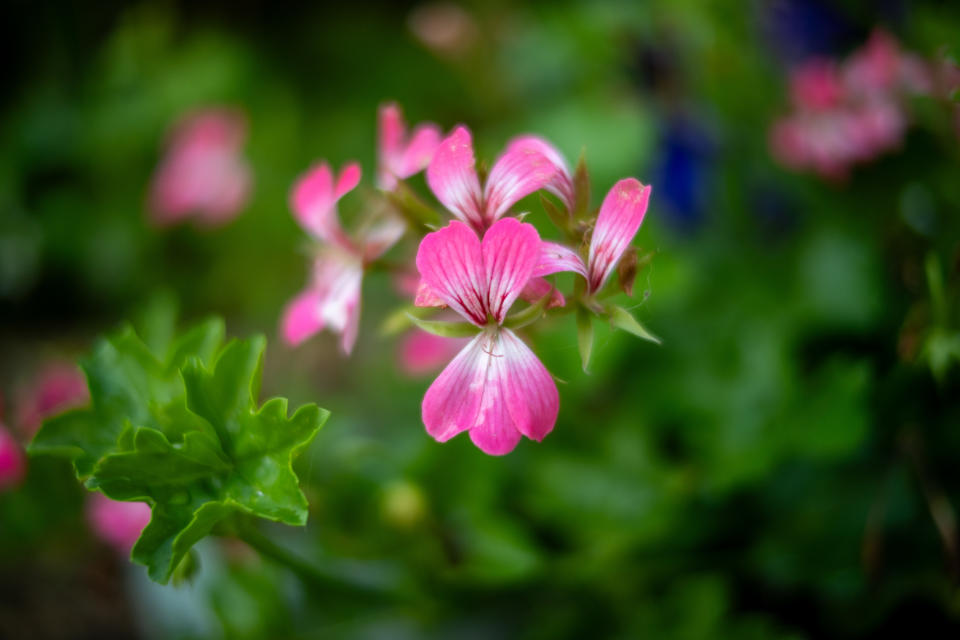
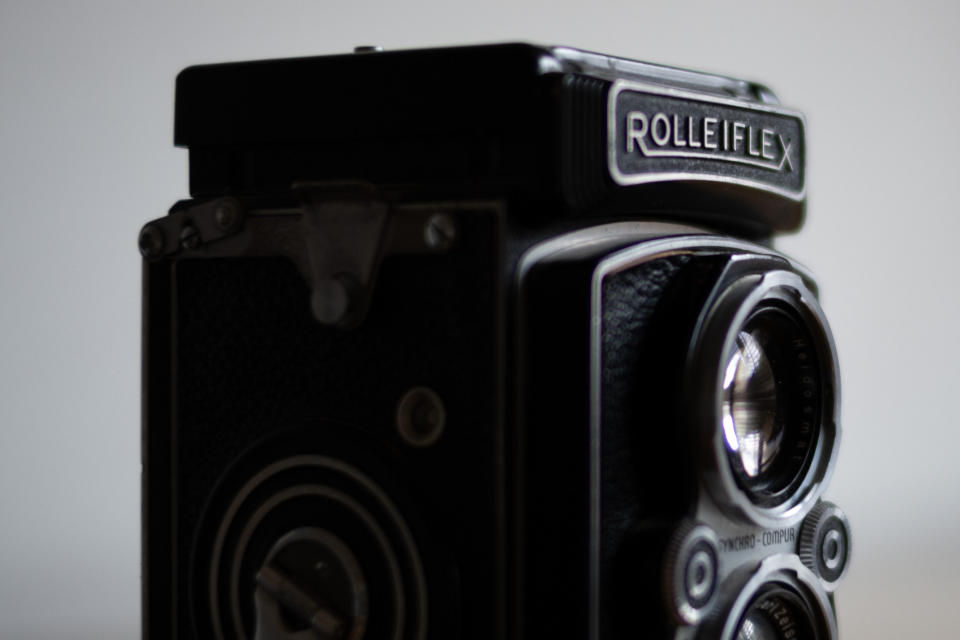
Lab results
We run a range of lab tests under controlled conditions, using the Imatest Master testing suite. Photos of test charts are taken across the range of apertures and zooms (where available), then analyzed for sharpness, distortion and chromatic aberrations.
We use Imatest SFR (spatial frequency response) charts and analysis software to plot lens resolution at the center of the image frame, corners and mid-point distances, across the range of aperture settings and, with zoom lenses, at four different focal lengths. The tests also measure distortion and color fringing (chromatic aberration).
Sharpness:
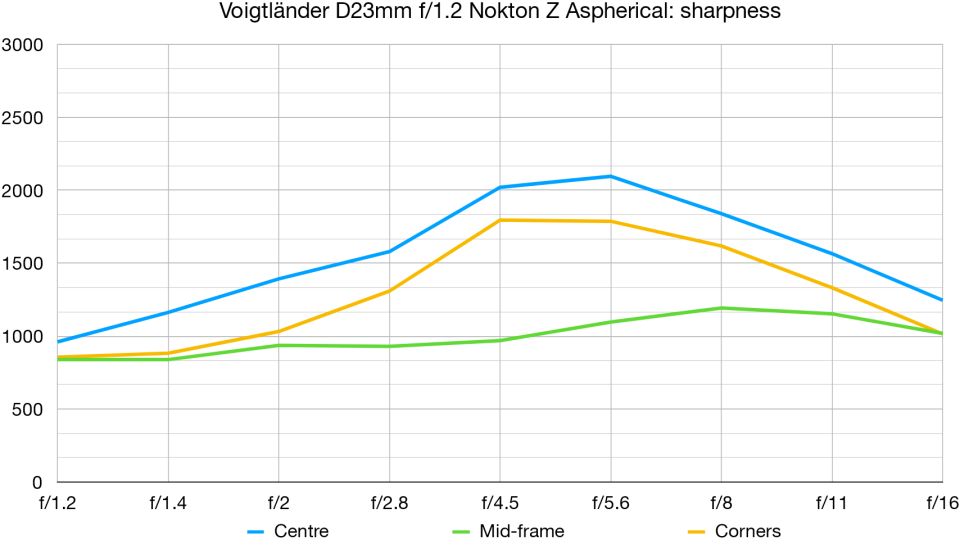
As often with super-fast f/1.2 lenses, wide-open sharpness is lackluster but there are advantages even here. For example you might not want to draw attention to every tiny blemish in portraiture. Sharpness picks up well at f/2.8, especially in the central region of the frame and at the extreme edges and corners. The area between the two is less impressive.
Fringing:
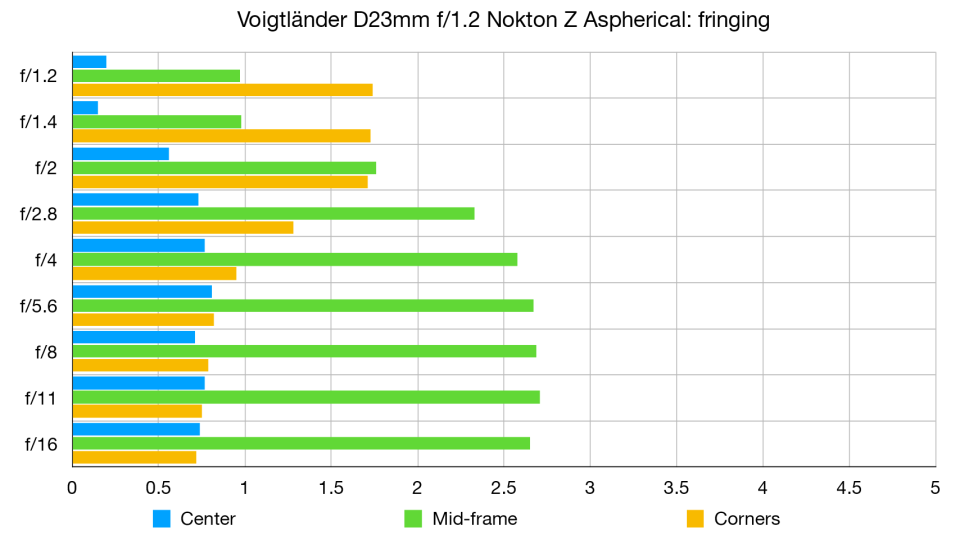
Lateral chromatic aberration can be a little noticeable but this is automatically taken care of with in-camera correction in Nikon Z system cameras, both in JPEG and RAW quality settings. The lens also does very well to minimize axial/longitudinal chromatic aberration or ‘bokeh fringing’ at wide apertures, in its own right.
Distortion: -0.99
There’s a slight touch of barrel distortion, for which automatic in-camera correction can be switched on but has no effect. Even so, it’ll generally go unnoticed in the vast majority of images.
Verdict
Designed exclusively for the latest Nikon Z DX (APS-C) format mirrorless cameras, this lens builds on a rich Voigtländer history that stretches back to the dawn of photography itself. It looks that way too, with a beautiful retro design that fits right in with the Nikon Z fc camera, and it works equally well on other Z DX bodies. Amazingly compact and lightweight for an f/1.2 prime, it’s a manual focus lens with an ‘effective’ focal length of 35mm in full-frame terms, ideal for traditional street photography and more besides. This Voigtländer looks and feels a top-quality lens and delivers excellent image quality, making it a great buy at the price.
Read more:
• Best camera lenses to get
• Best Canon lenses
• Best Nikon lenses
• Best Sony lenses

